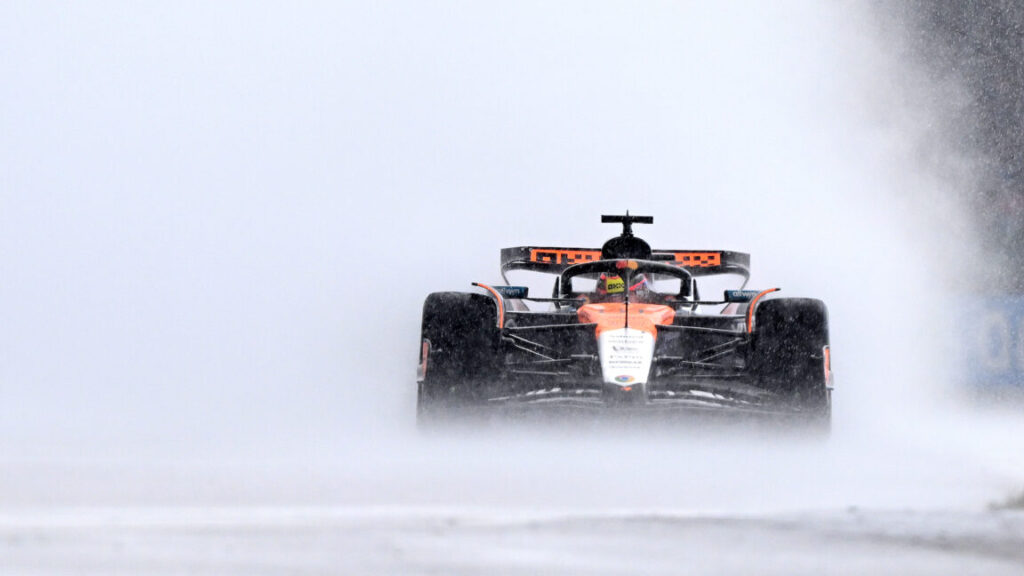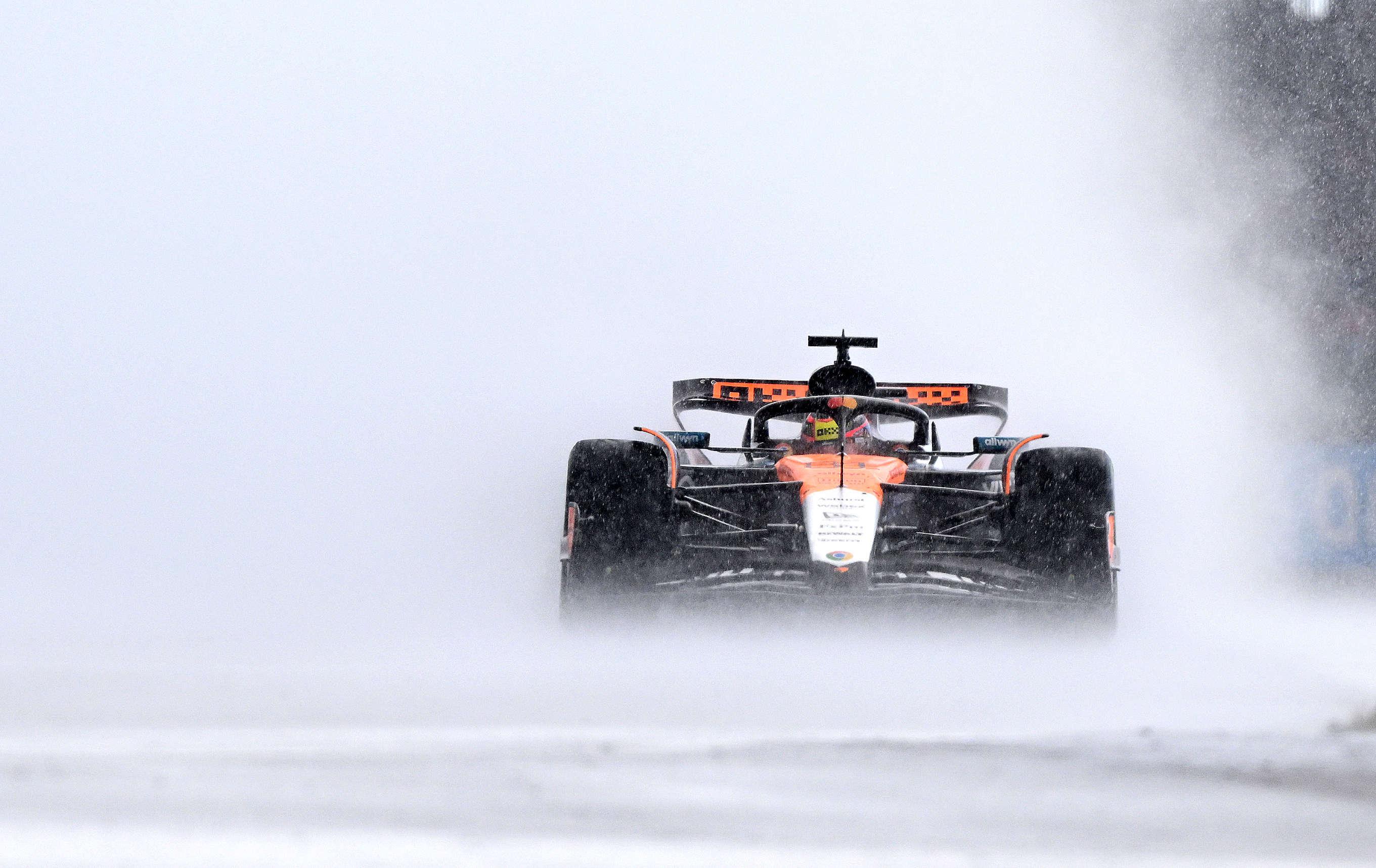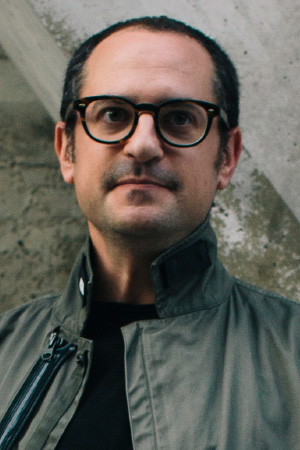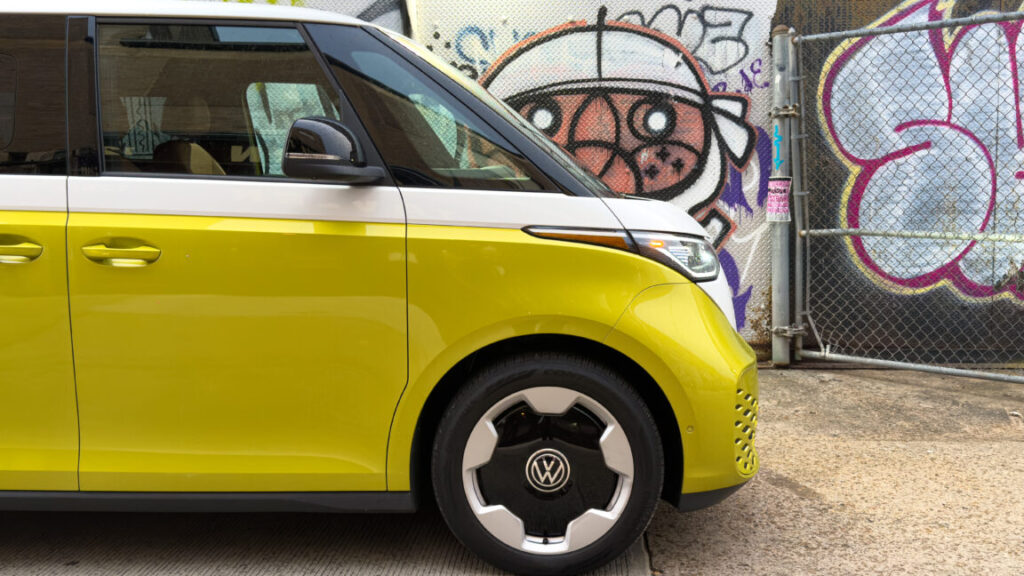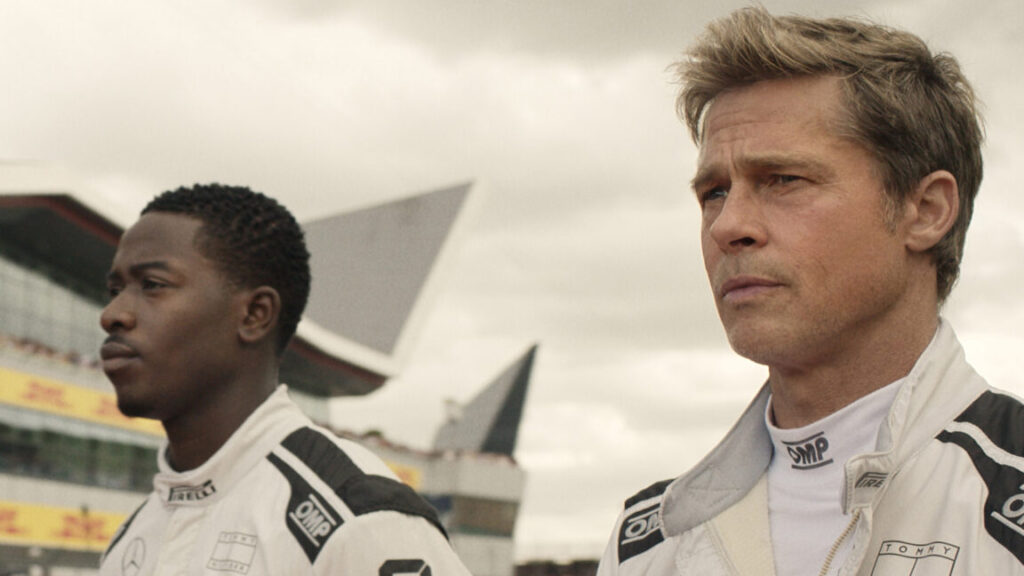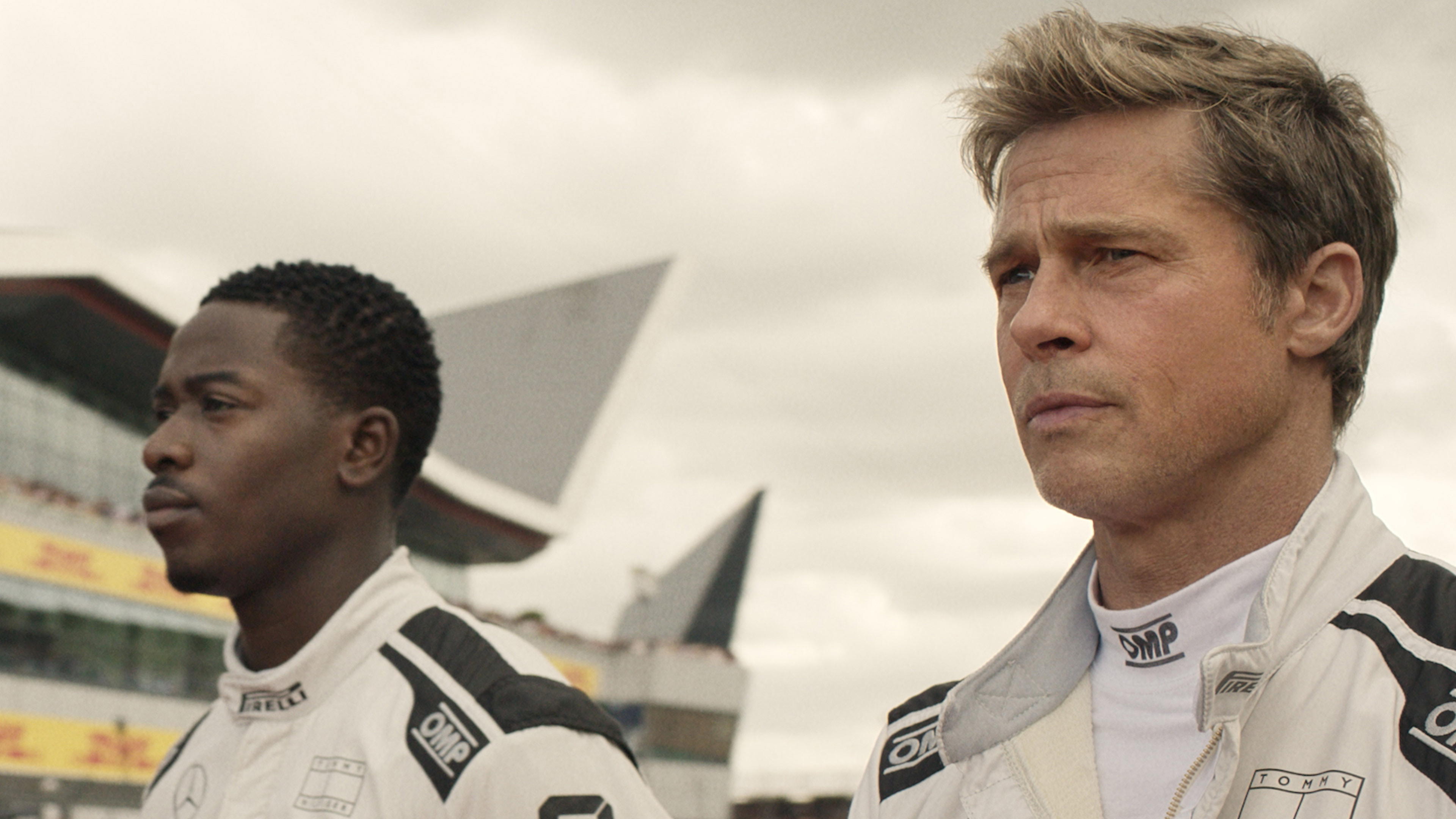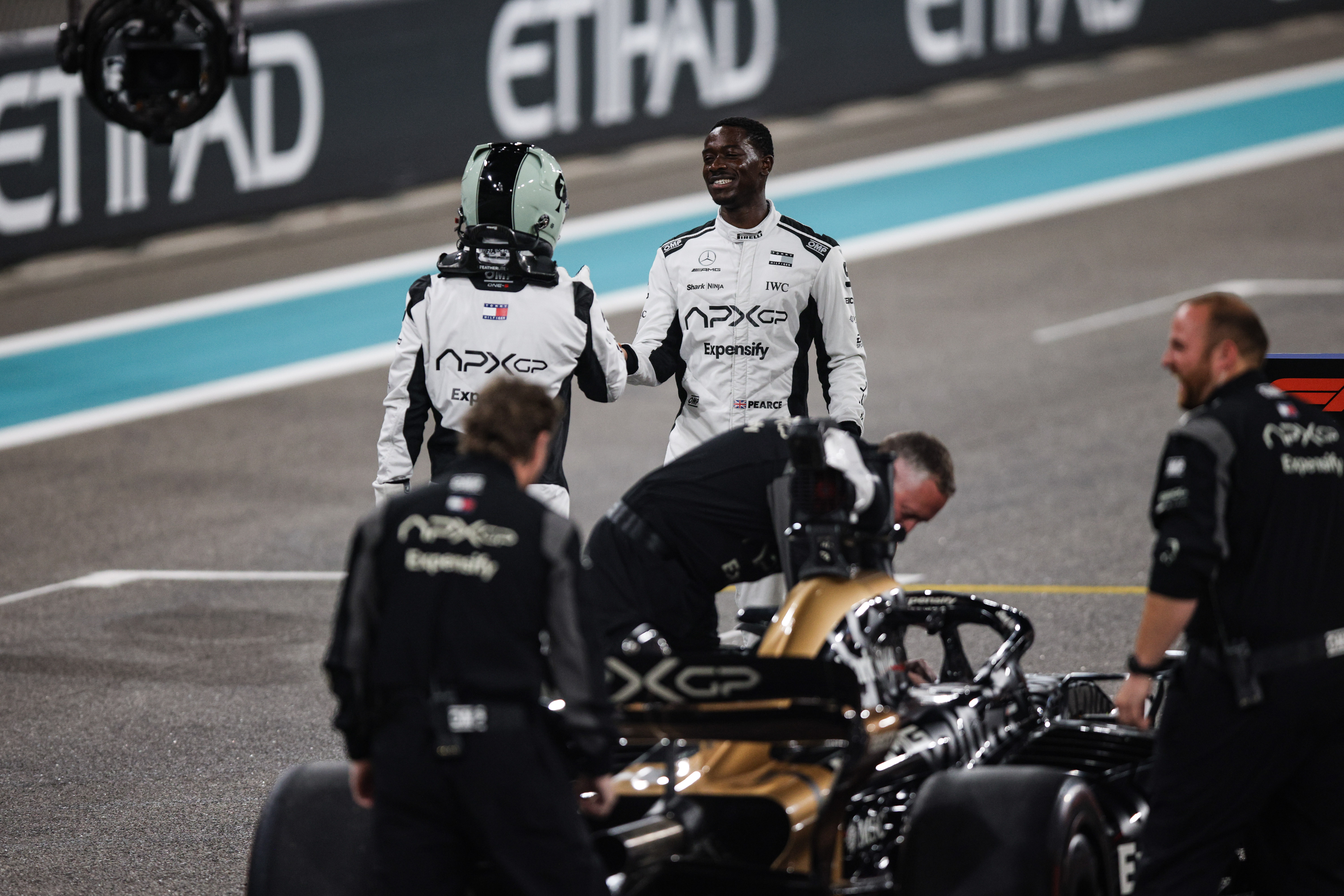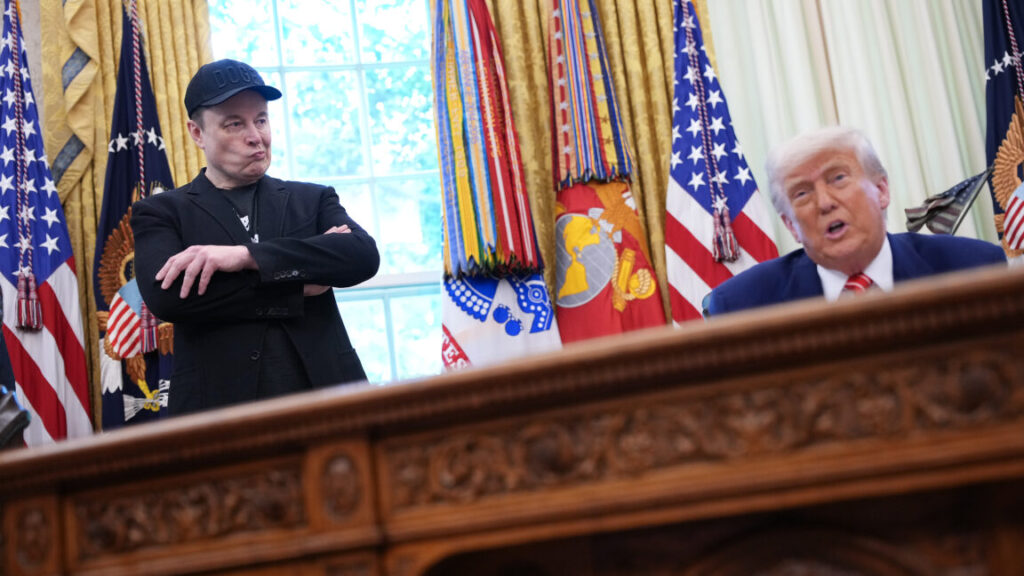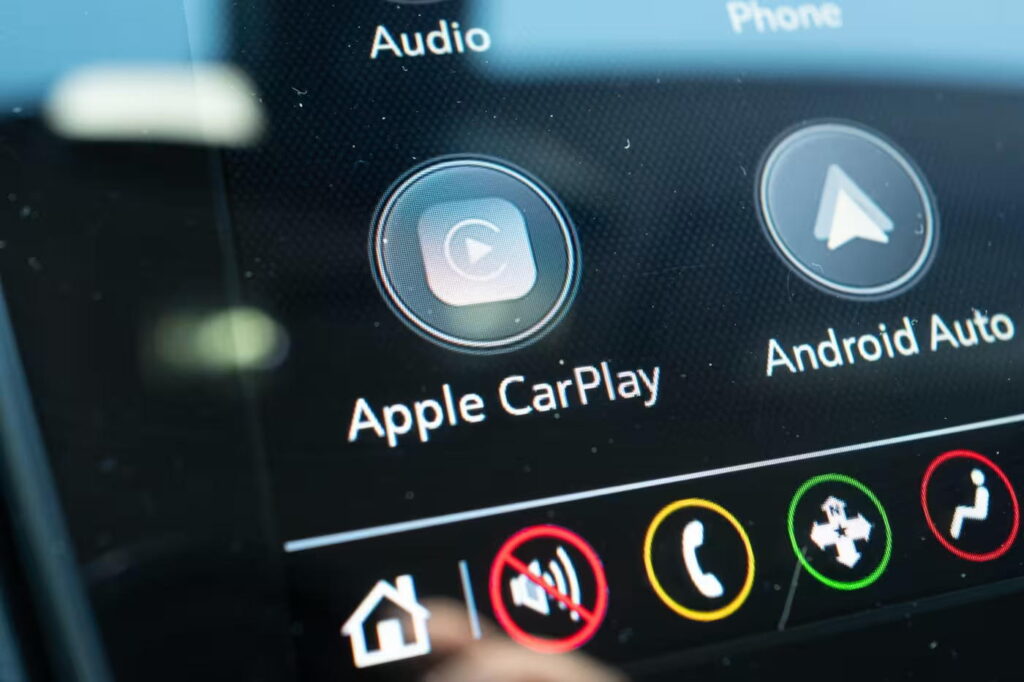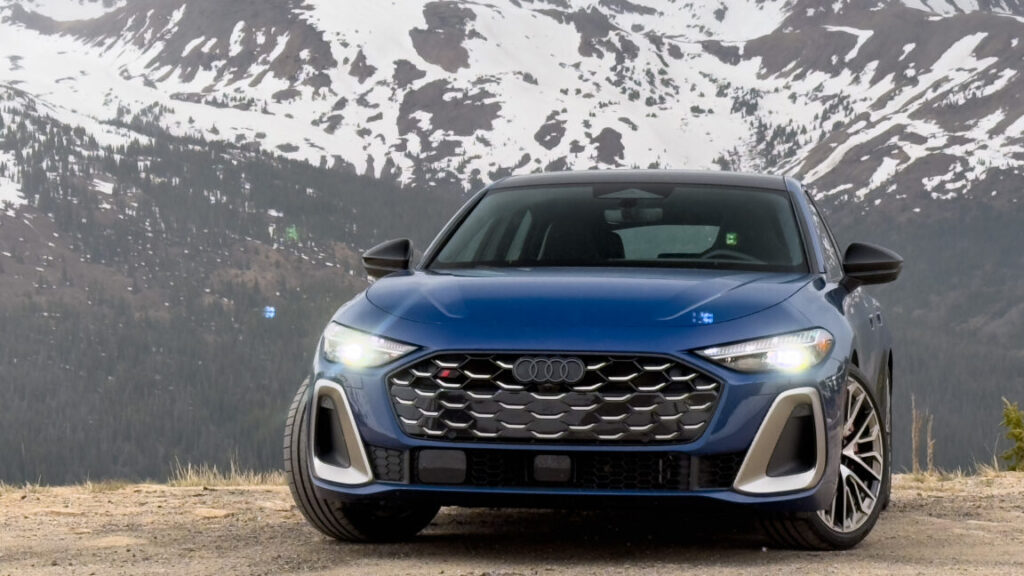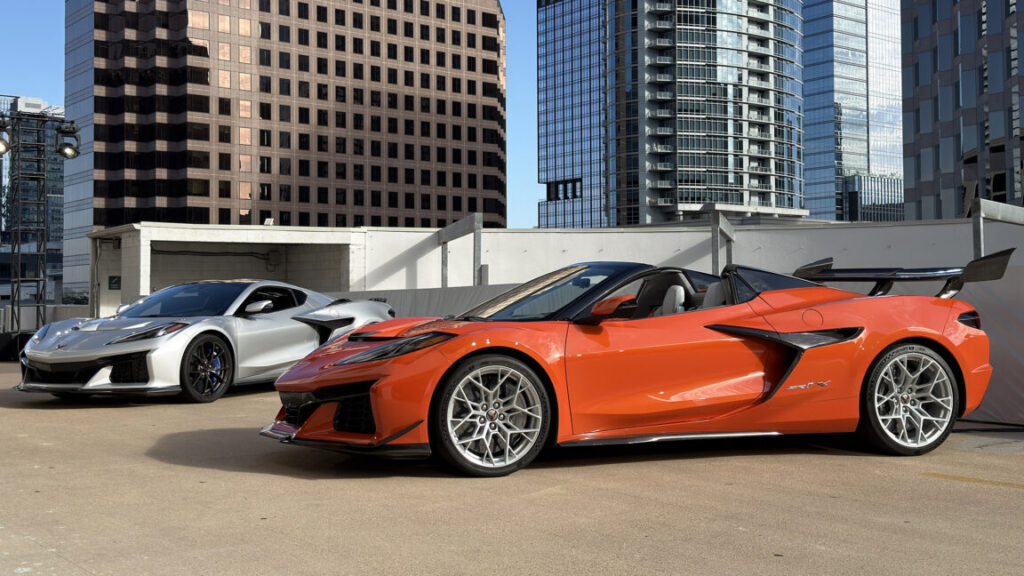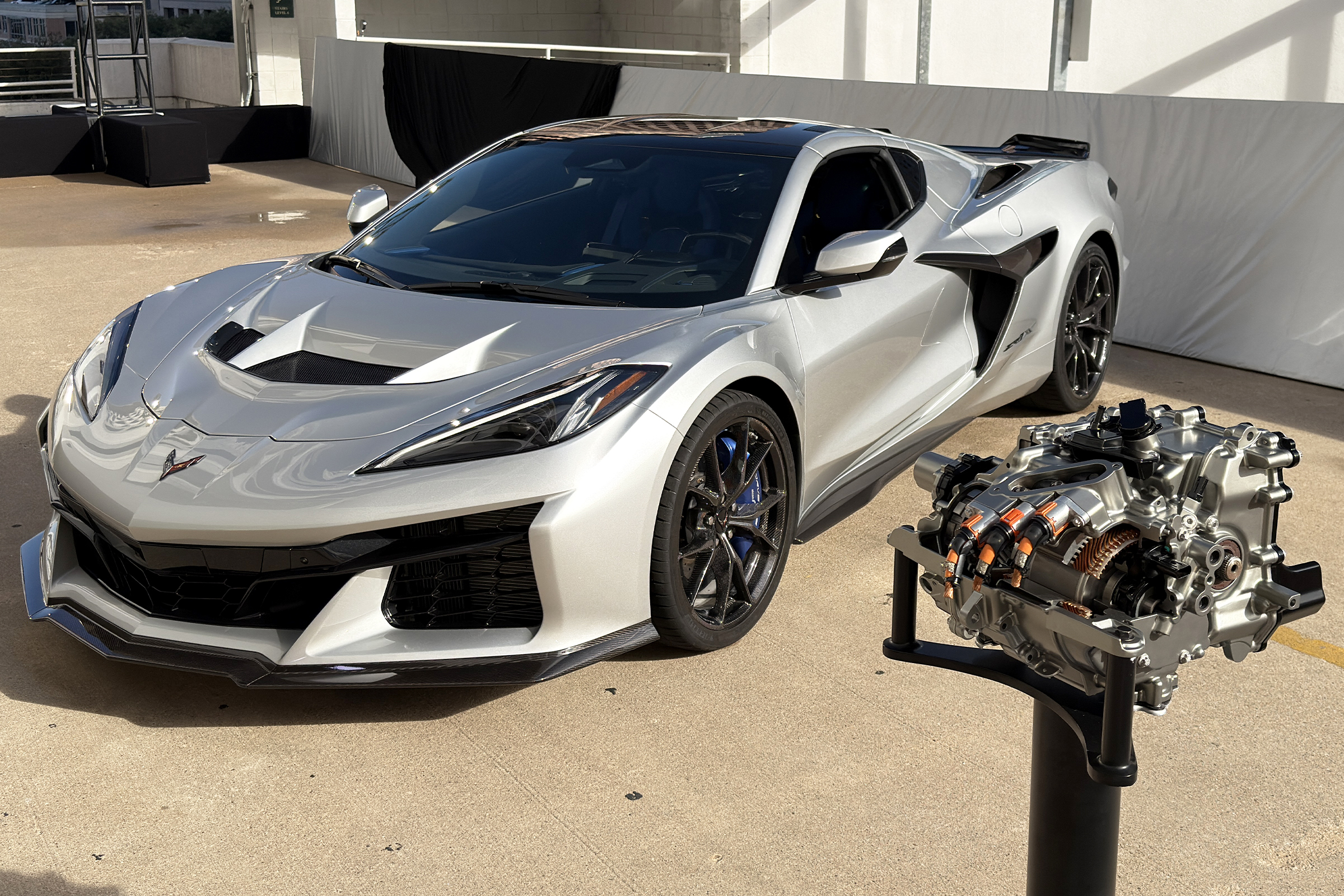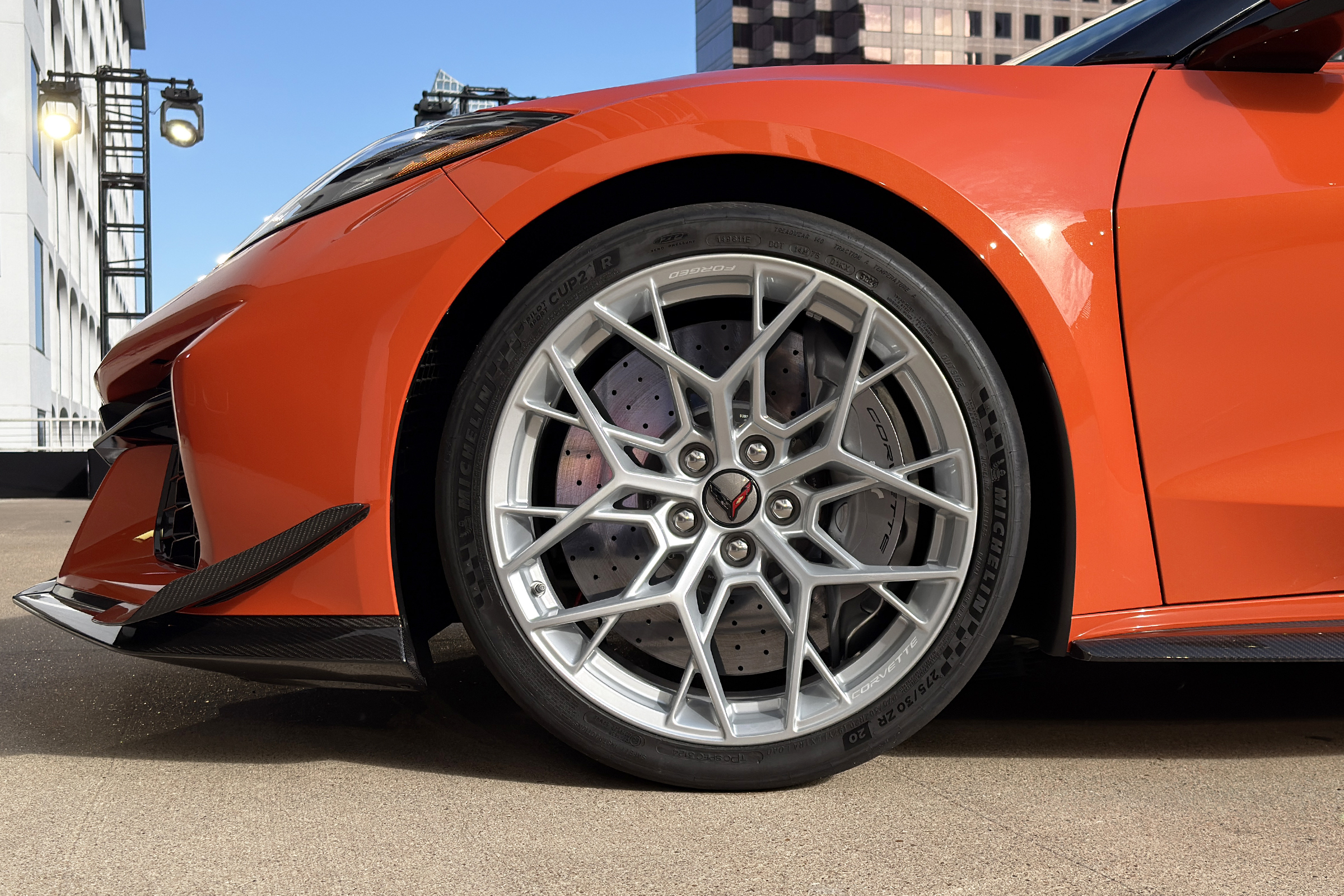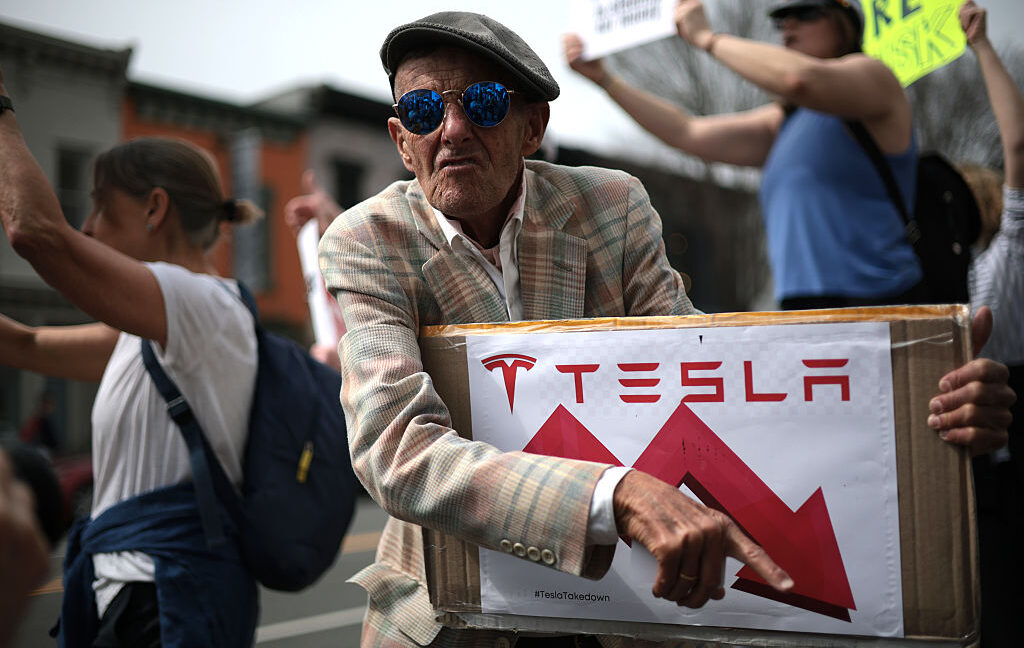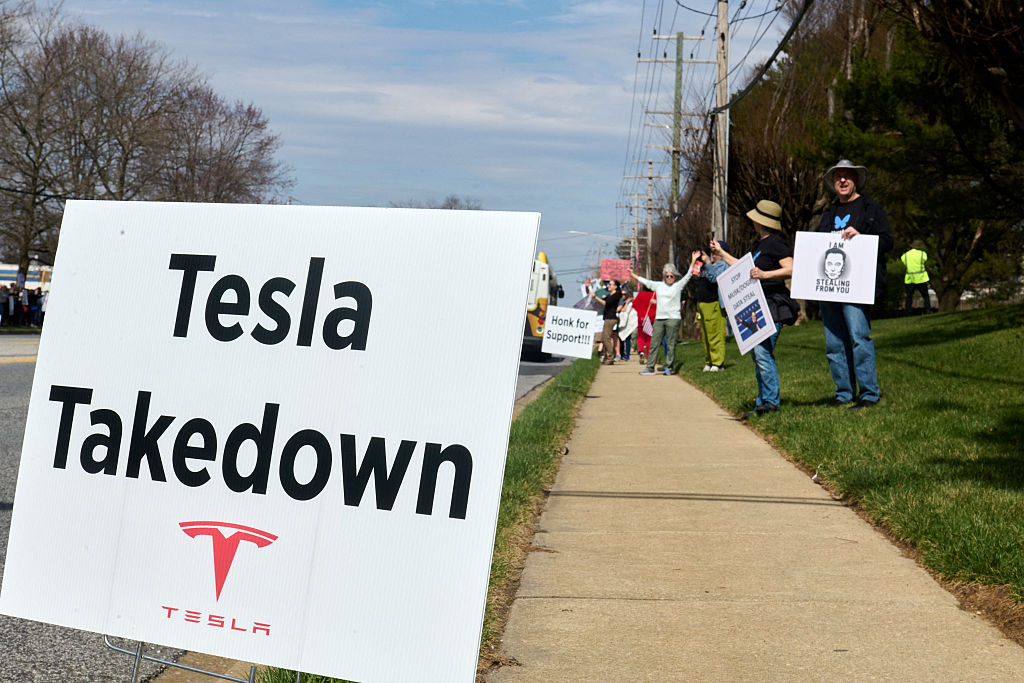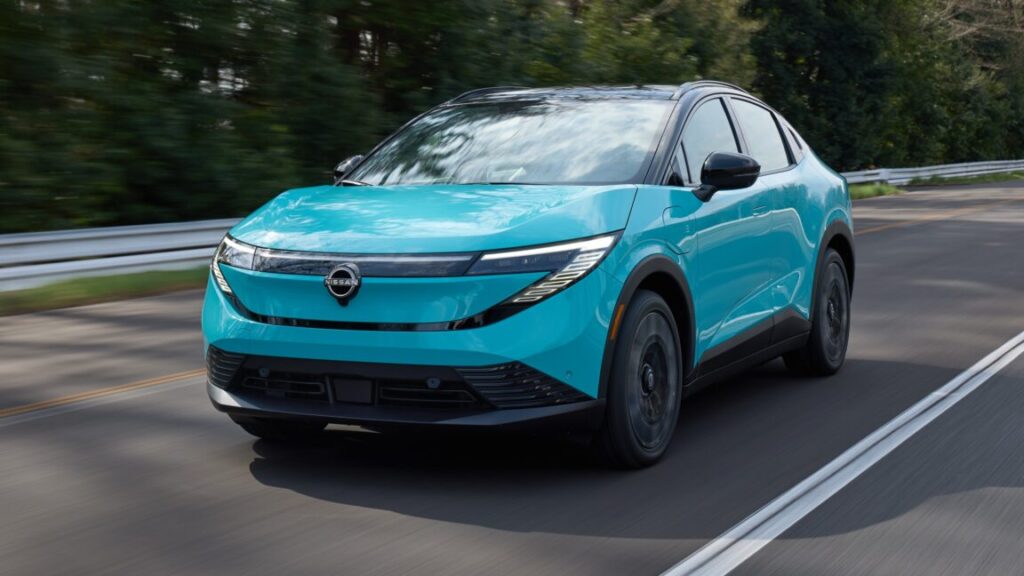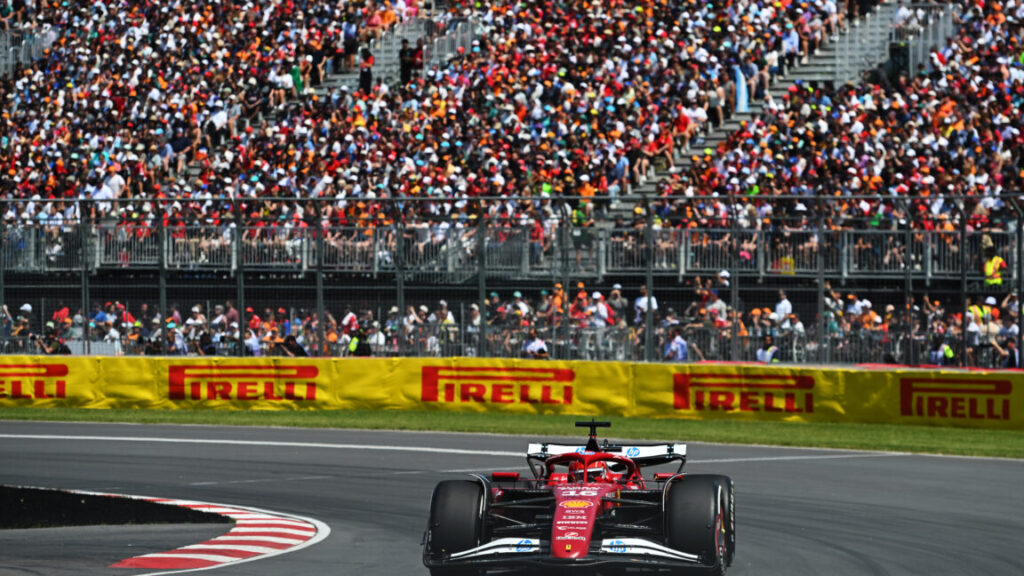F1 in Britain: Terrible English summer weather equals entertaining race
Maybe Bernie Ecclestone was right about fitting racetracks with sprinklers.
Oscar Piastri’s McLaren emerges from the spray during the 2025 British Grand Prix at Silverstone in England. Credit: Clive Mason/Getty Images
The heat dome that oppressed much of Europe has broken. Not a drop of rain marred the 24 hour races at Le Mans, the Nürburgring, or Spa-Francorchamps, held unusually over consecutive weekends this June. Similarly, last weekend’s Austrian Grand Prix took place under scorching skies that were baking the Tyrolean mountains. No such luck for the vast crowds at Silverstone attending the British Grand Prix this past weekend, who definitely needed their waterproofs. On the plus side, the addition of rain certainly made things interesting.
Like many British race circuits, Silverstone was a former World War II airbase. Originally home to Wellington Bombers, it’s very exposed to the wind, which was gusting at times during practice and qualifying, making life complicated for the drivers. Lewis Hamilton made the home crowd smile by topping the time charts during FP1. Hamilton has struggled to get to grips with his new Ferrari for much of this season, but at Silverstone he looked much more comfortable, finishing FP2 less than a 10th of a second behind his teammate, Charles Leclerc, although neither could match McLaren’s Lando Norris for outright speed.
On Saturday, it was Red Bull’s Max Verstappen who rose to the top, snatching pole position from the McLarens of Oscar Piastri and Norris by about a 10th of a second. George Russell’s Mercedes was competitive in the colder temperatures, securing fourth on the grid ahead of the Ferraris of Hamilton and Leclerc. Mercedes’ young rookie, Kimi Antonelli, qualified seventh but would start 10th as a result of a penalty acquired in Austria, and Haas rookie Oliver Bearman put in the eighth-fastest time, but ignoring a red flag during Saturday’s final practice session landed him with a 10-place grid penalty. As it was, Aston Martin’s Fernando Alonso lined up seventh for the race, followed by Pierre Gasly’s Alpine, Carlos Sainz in the first Williams, and then Antonelli rounding out the top 10.

Lewis Hamilton has more wins at Silverstone than any other F1 driver. Credit: ANDREJ ISAKOVIC/AFP via Getty Images
Race day was rainy, with the F2 feature race proving a good preview for the main event. A heavy shower during the F1 pre-race buildup saw everyone choose to take the formation lap on intermediate tires, although sections of the track were dry enough that Russell, Leclerc, Antonelli, Bearman, and Racing Bull’s Isack Hadjar all diverted to the pit lane at the end of the formation lap for slick tires. That was the wrong gamble—the last few turns were far too wet for slicks, as they would soon find out.
Who wants to bet?
Up front, Verstappen had placed the wrong bet, too, opting for a dry weather setup that was light on downforce. The first few laps were interrupted by virtual safety car periods as drivers collided or spun off, with others like Leclerc choosing to take the opportunity to stop for tires—another bad bet, as it turned out.
Verstappen was passed first by Piastri, then Norris got by as the rain returned. Verstappen was clearly not having a good time and had an off-track excursion that was greeted with a roar by the partisan spectators. But the Red Bull got back past Norris in the pits, as McLaren was forced to double-stack its cars, losing Norris a second or two in the process.
The main problem with running F1 races in the rain is the lack of visibility. The aerodynamic downforce generated by the cars sends up huge rooster tails of spray from the rear diffusers, with more water pumped into the airflow by the treaded intermediate or wet tires. And so, on lap 14, a full safety car period was declared, with the cars circulating behind the Mercedes AMG coupe at a reduced pace.
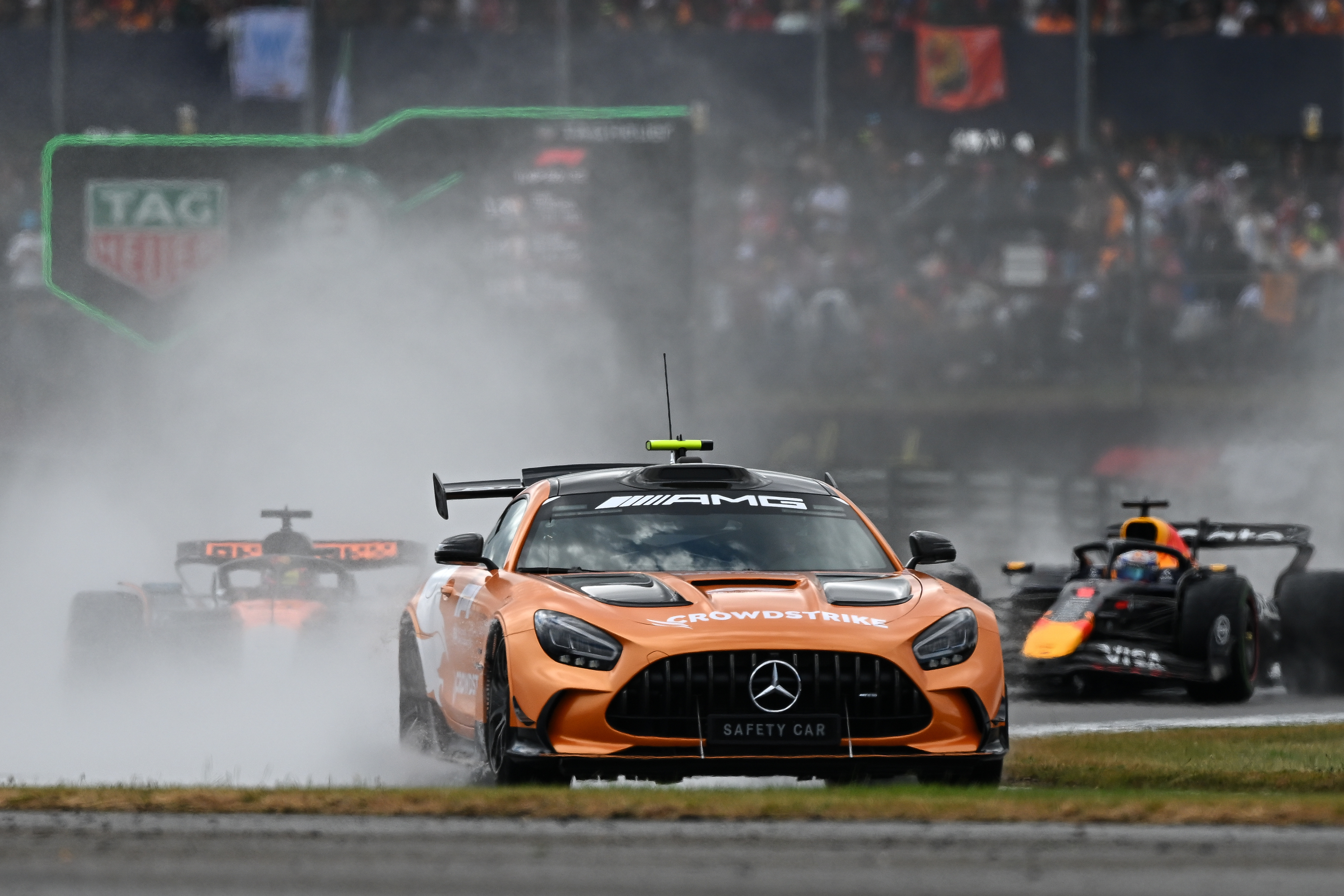
Did Piastri violate safety car procedure? He didn’t think so, but the stewards did. Credit: Jon Hobley | MI News/NurPhoto via Getty Images
The race went green for about a lap until Hadjar crashed heavily in the spray, hitting the back of Antonelli before even seeing the Mercedes in front of him. A mistimed brake application by Piastri just as this safety car period ended saw Verstappen briefly pass him on track before the green flag was waved—normally this would garner the passing car a penalty, but in this case the stewards chose to penalize Piastri with a 10 second time penalty, to be served at his next pitstop. With his teammate Norris just a few seconds behind, this robbed the Australian of the win, gifting it to the other McLaren instead.
Verstappen, like the stewards, thought Piastri was playing games behind the safety car, and it evidently unsettled the Dutch driver, forcing him into an error like in Spain a few weeks ago. The reigning world champion fell as low as 10th, recovering to fifth place by the end.
The second half of the race saw various drivers gamble on slick tires, betting the track was dry enough to build enough tire temperature to go faster than the grooved intermediate rubber. Fernando Alonso went first on lap 38, followed by George Russell, both of whom struggled initially. Waiting a few more laps proved wiser, but even by lap 44 the very fast Stowe corner looked like it was wet enough to get a driver’s attention.
Norris delighted his many fans in attendance by taking victory ahead of Piastri, passing his teammate easily, while the Australian was held stationary for his penalty before his team was allowed to change the car’s tires. That closed the gap in the standings between them to just eight points.
Well deserved, well overdue
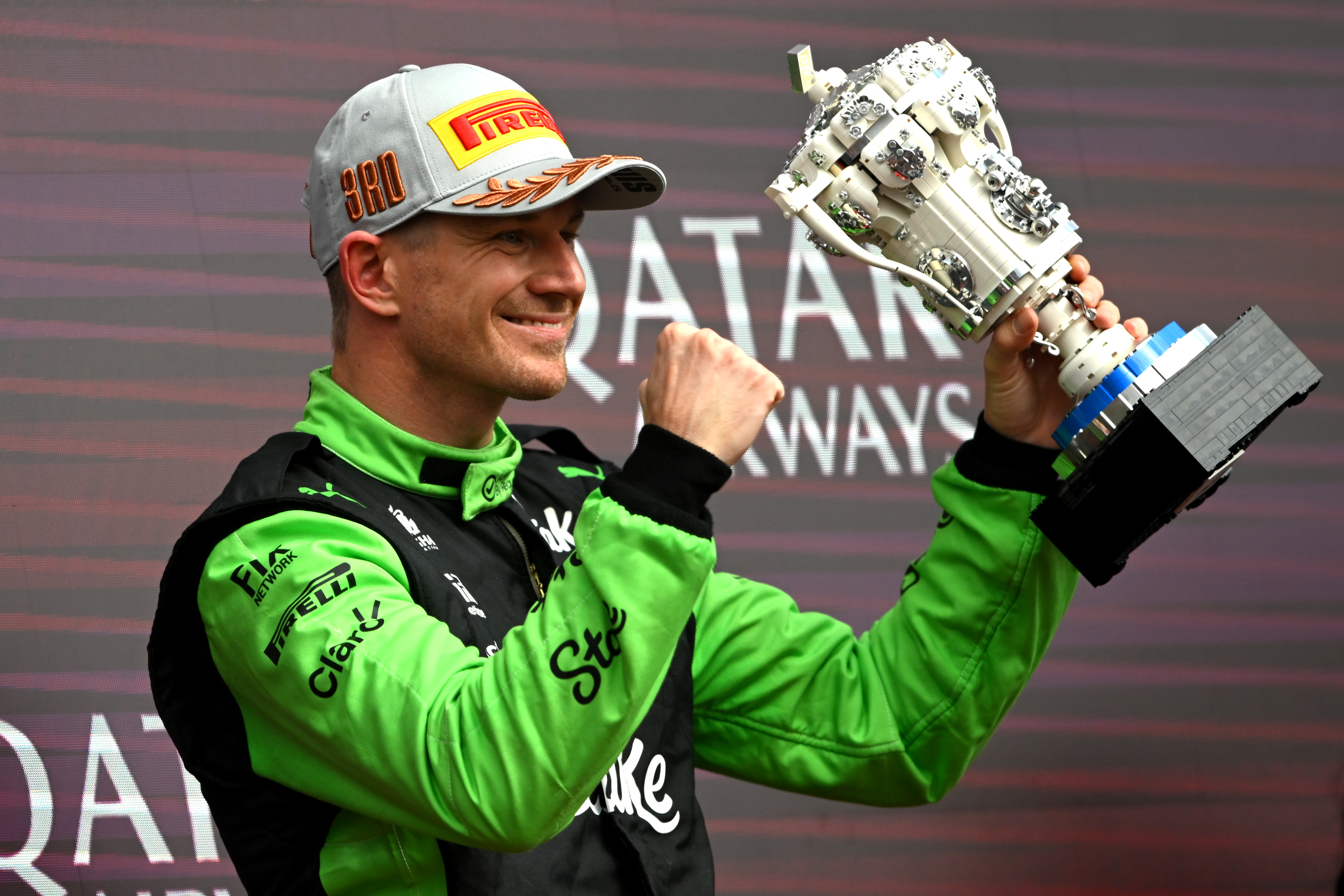
I can’t imagine anyone in the paddock was displeased to see Nico Hulkenberg finally earn a podium. Credit: Rudy Carezzevoli/Getty Images
But the biggest smiles were surely for the man in third place. Sauber’s Nico Hulkenberg got past Lance Stroll, then held a hard-charging Lewis Hamilton at bay for the final chapter of the race to secure third place. It was the first podium finish for Sauber since 2012, and the very first for Hulkenberg, who waited a record 239 races to achieve the result. The highly rated German driver, who won the 24 Hours of Le Mans with Porsche on a spare weekend in 2015, has never had access to front-line F1 machinery, but even so, this result was well overdue.
When he was still in charge and wanted to get his own way, Bernie Ecclestone would often throw out a number of implausible-sounding or extreme ideas for the sport in order to force teams to back the less-extreme idea he really wanted implemented. One of those extreme ideas—one he brought up back in 2011—was to fit F1 tracks with sprinklers that would come on at random, and while we never saw it happen, the added chaos of a wet-then-drying track has proved time and again to create entertaining racing. Maybe we should give it a go?
Damson Idris, one of the stars of the recent F1 movie, was on hand to wave the checkered flag at Silverstone. A second viewing of the film reveals that the script is actually even cheesier than I first thought, and a number of plot holes continue to bug me—if the Rolex 24 at Daytona is at the end of January, how come the F1 season was halfway through, for example? Then again, I also rewatched Days of Thunder to see if I was hasty in placing F1 ahead of the NASCAR movie in my recent review, but I found enough to remain satisfied that I got those two in the right order. Normally, technical accuracy plays a back seat to a good plot. For F1 The Movie, it’s mostly the other way around.
F1 in Britain: Terrible English summer weather equals entertaining race Read More »
